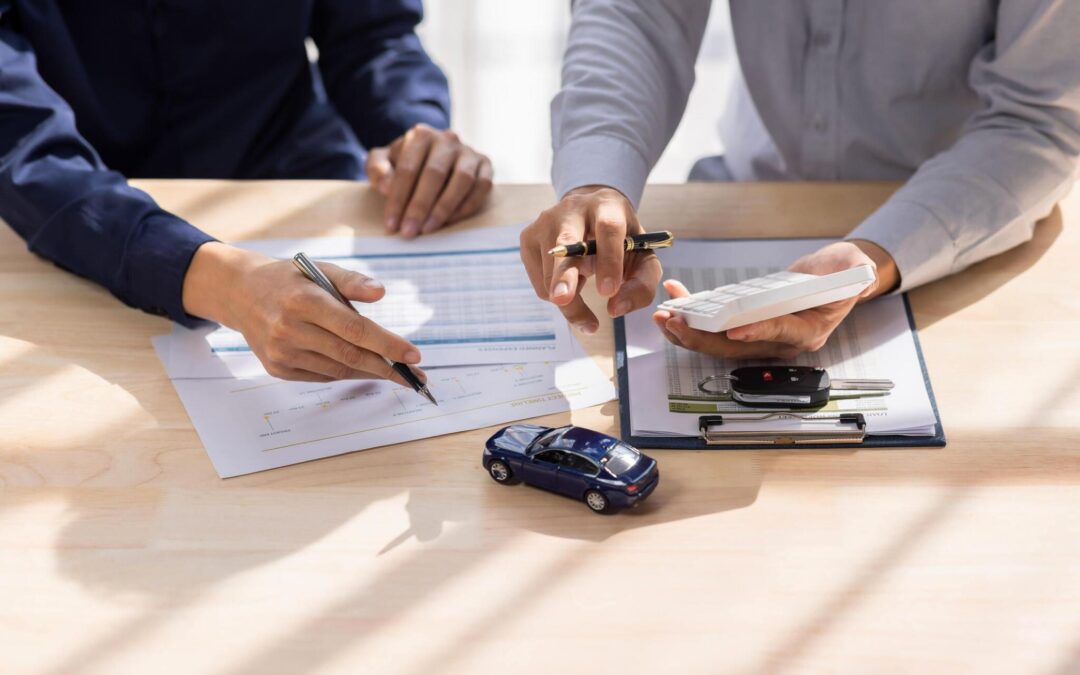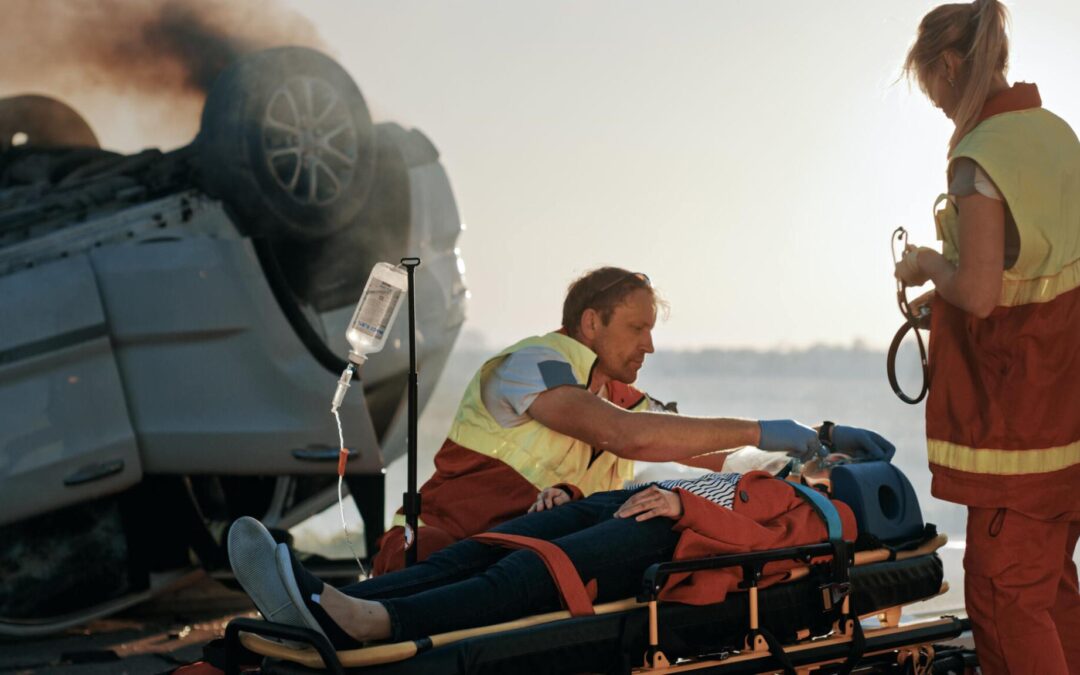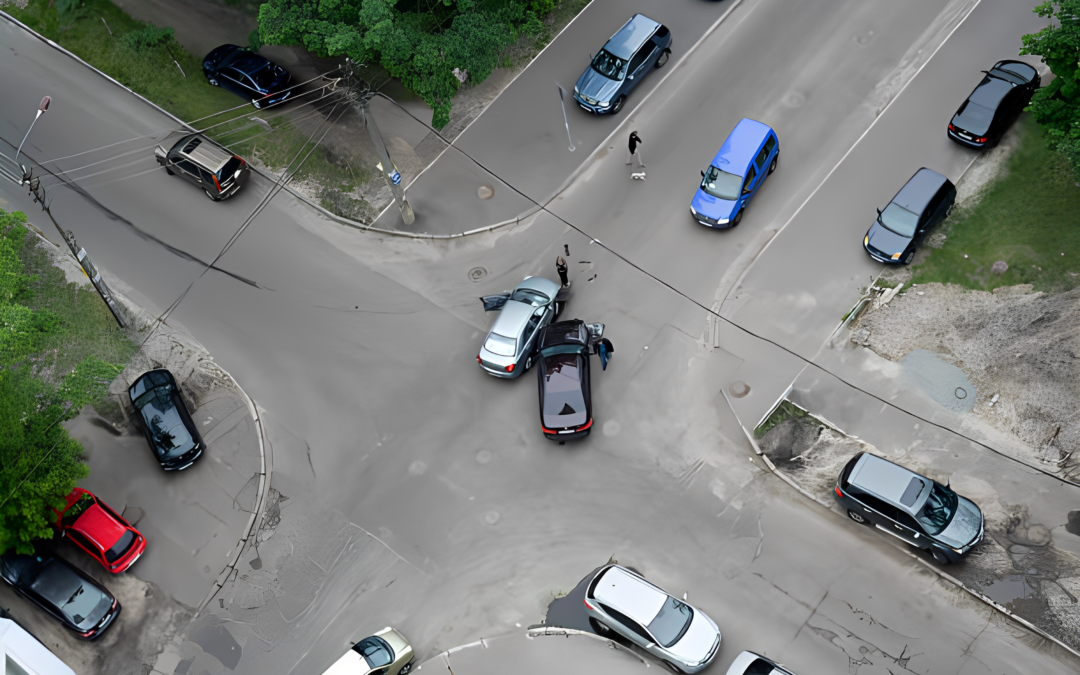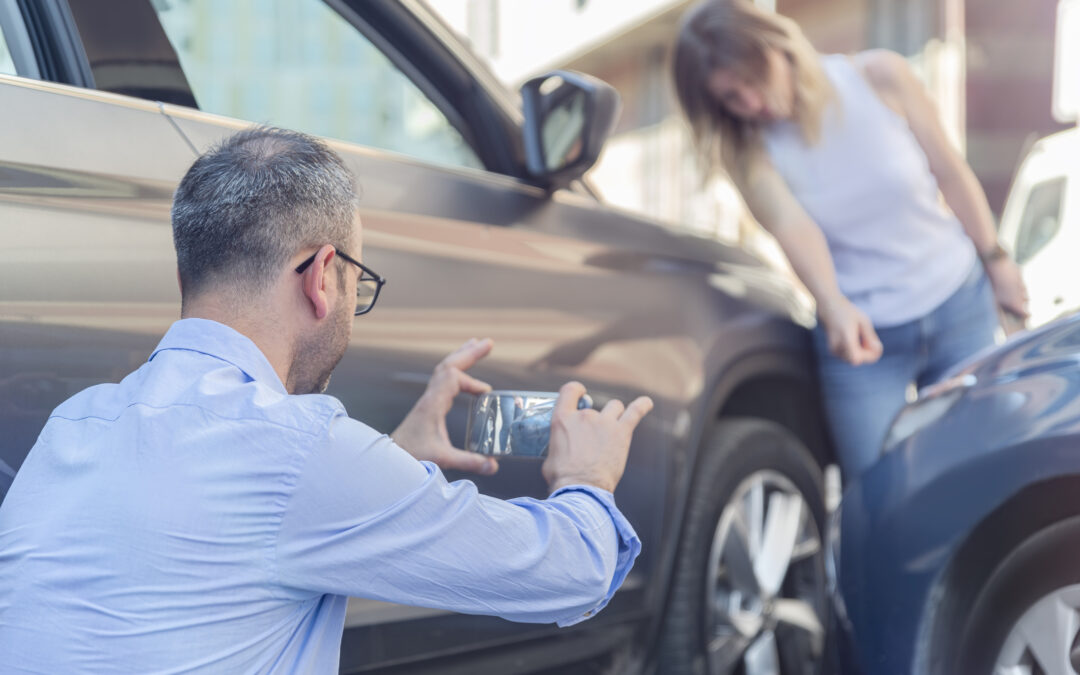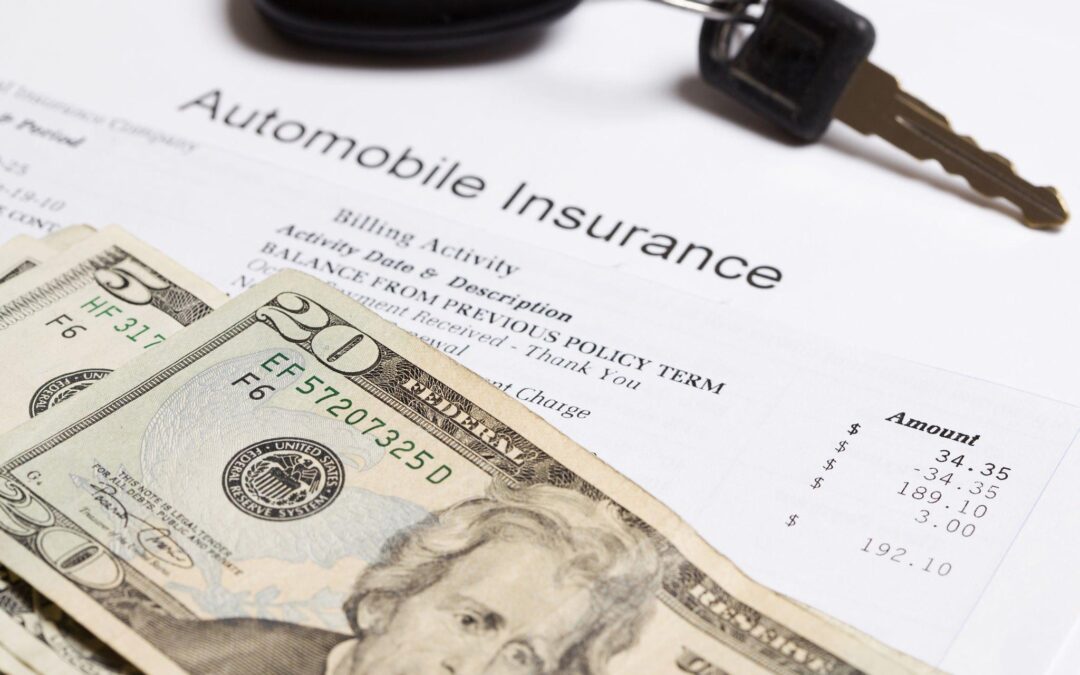Whenever I speak with someone about their automobile insurance coverage, 9 times out of 10, I have a person tell me “I have full coverage”; but what exactly is “full coverage”?
“Full Coverage” is a term often referred to by automobile insurance sales agents which often provide their customers false security. What Full Coverage” is, or should be, varies from person to person and policy to policy. Most importantly, there is no set of insurance coverage that fits the definition of “Full Coverage”. When buying automobile insurance there are several coverages available to you. Florida law requires a minimum of $10,000.00 of no-fault Personal Injury Protection (PIP) Insurance, and $10,000.00 of Property Damage (PD) liability Insurance. All other insurance coverage is optional, although it is strongly recommended.
Personal Injury Protection insurance allows you to seek medical treatment regardless of fault for injuries sustained in an automobile accident. It will cover your medical bills at 80%, up to $10,000.00. This coverage can be subject to a deductible. Property Damage liability insurance protects you for damage you do to another person’s vehicle or property.
The next most important coverages you can have are Bodily Injury (BI) coverage and Underinsured/Uninsured Motorist (UM) coverage. Bodily Injury insurance covers you against injuries you cause to another person. The higher your coverage limits, the more protection you have. Underinsured/Uninsured Motorist insurance protects you in the event that you are injured by another motor vehicle driver who has no Bodily Injury coverage or an insufficient amount of Bodily Injury coverage. It can be available as stacked or non-stacked, depending on how many vehicles you have on your insurance policy. Stacking allows you to combine your coverages based on the amount of vehicles you have on your policy. If you only have one vehicle on your policy, then you cannot obtain stacked coverage. If you have more than one vehicle on your policy, then you can stack the vehicles and essentially create multiple coverages. For example, if you have three vehicles under your insurance policy, with $10,000.000 in Underinsured/Uninsured motorist coverage, under a “stacked” policy you would be entitled to a maximum of $30,000.00 per accident, if involved in an automobile accident with an Underinsured/Uninsured motorist.
Underinsured/Uninsured Motorist insurance also protects you in case you are involved in an automobile accident with an uninsured motorist. It is estimated that in 2012, 3.2 million drivers in Florida were driving without automobile insurance coverage (second only to California where it is estimated that 4.1 million drivers were driving without automobile insurance coverage in 2012). Needless to say, Underinsured/Uninsured Motorist insurance coverage is a must.
In the event you do not wish to maintain Bodily Injury Coverage, Florida law requires driver’s to be “financially responsible” for any injuries they may cause another person. Thus, in Florida, if an insured is involved in an automobile accident, the Financial Responsibility Law requires that person to maintain Bodily Injury (BI) coverage of $10,000.00 per person and $20,000.00 per accident. Please bear in mind, a driver can maintain this minimum Bodily Injury coverage “personally” and is in fact not required to purchase this coverage from an insurance carrier. Bear in mind, if you do not maintain bodily injury coverage and injure someone, then you will need to be prepared compensate the injured party.
The final set of automobile insurance coverages offered to most drivers is Collision Coverage (Collision) and Comprehensive Coverage (Comprehensive). Collision covers damage to your vehicle in the event that you were involved in an automobile accident. Collision allows you to have your vehicle repaired regardless of fault. Collison can be subject to a deductible. If your car is a total loss, meaning the cost of repair of your vehicle is higher than its actual cash value, Collision coverage allows your insurance company to pay you the actual cash value of your car at the time of your accident, not replacement value. Also, be aware, Collision coverage does not guarantee you a rental car; rental car coverage is usually, but not always, separate coverage offered by automobile insurance providers. Comprehensive pays for losses resulting from incidents other than collision. Examples include coverage for damages to your vehicle if it is stolen, or damaged by flood, fire, or animals.
In sum, when an insurance representative tells you “Don’t worry, you have full coverage” be very wary. Ask them about Personal Injury Protection (PIP), Property Damage (PD), and Bodily Injury (BI), Underinsured/Uninsured (UM), Collision and Comprehensive coverage. Make sure you are being adequately protected. The more you have personally, the more you have to lose. Make sure you are not underinsured! Once at trial, in cases where the damage awards exceeds the insurance policy limits, the injured party may collect the excess difference from the underinsured directly. A court may order wage garnishment and/or place a lien on the underinsured’s properties.
Were you injured in an accident or have questions about your insurance coverage? Call me, Raphael Sanchez, Esq. Associate at Pacin Levine, P.A., (888) 450-4909.





